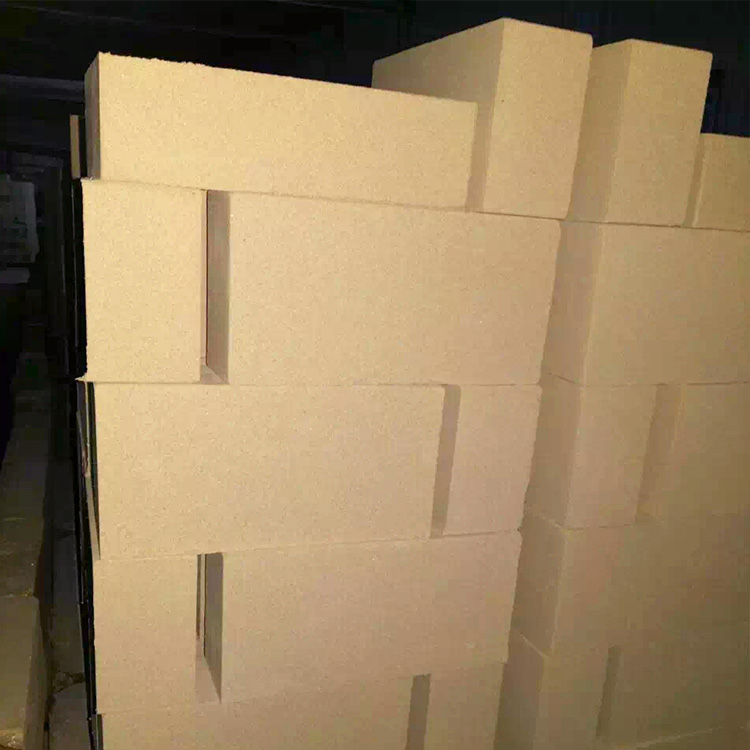
In the industrial sectors such as chemical and metallurgy, high - temperature furnaces play a crucial role. However, they are also notorious for their high energy consumption. According to industry statistics, high - temperature furnaces in large - scale industrial plants can consume up to 30% - 40% of the total energy in the production process. The challenges of energy conservation in these furnaces are significant, including heat loss through the furnace lining, inefficient insulation materials, and the difficulty of maintaining stable operating temperatures.
High - strength refractory clay insulating bricks are the focus of this article. An engineer from a leading refractory material company said, "Refractory clay insulating bricks are made from high - quality refractory clay, which endows them with unique material properties." The low thermal conductivity of these bricks is a key factor. Generally, the thermal conductivity of refractory clay insulating bricks can be as low as 0.2 - 0.4 W/(m·K), compared with common refractory materials whose thermal conductivity can be 1 - 2 W/(m·K). This low thermal conductivity effectively reduces heat transfer from the inside of the furnace to the outside.
Moreover, their high thermal shock resistance is also remarkable. In high - temperature furnace operations, temperature fluctuations are inevitable. The high thermal shock resistance of these insulating bricks allows them to withstand rapid temperature changes without cracking or spalling. This property is crucial for maintaining the stability of the furnace lining. For example, in a steelmaking furnace, the temperature can vary from several hundred degrees Celsius to over 1000 degrees Celsius during the smelting process. The high thermal shock resistance of the insulating bricks ensures that the furnace lining remains intact, reducing the risk of heat leakage and equipment failure.

During the construction process, precise control of masonry joints is essential. The width of the masonry joints should be strictly controlled within 1 - 2 mm. A narrower joint width can significantly reduce heat transfer through the joints. For example, if the joint width is increased from 1 mm to 3 mm, the heat loss through the joints can increase by up to 20%.
Expansion joints are necessary to accommodate the thermal expansion of the insulating bricks during heating. The spacing of expansion joints should be determined based on the size of the furnace and the type of insulating bricks. Generally, for large - scale high - temperature furnaces, expansion joints should be arranged every 3 - 5 meters. Properly arranged expansion joints can prevent the bricks from cracking due to thermal stress, ensuring the long - term stability of the furnace lining.
Inter - layer sealing is another important aspect of the construction. A special sealing material should be used to fill the gaps between different layers of insulating bricks. This sealing treatment can further enhance the insulation performance of the furnace lining. For instance, using a high - temperature resistant sealing material can reduce heat leakage between layers by up to 15%.
In the chemical industry, a chemical plant replaced its old furnace lining with high - strength refractory clay insulating bricks. After the replacement, the energy consumption of the furnace decreased by 18% within the first year of operation. In addition, the service life of the furnace lining was extended from 2 years to 3 - 4 years. In the metallurgical industry, a steel mill also reported similar results. By using these insulating bricks and optimizing the construction process, the energy efficiency of the steel - making furnace increased by 15%, and the maintenance frequency of the furnace lining was reduced by 30%.
Using high - strength refractory clay insulating bricks in high - temperature furnaces is not only beneficial for energy conservation and cost - reduction but also contributes to green production. By reducing energy consumption, the carbon emissions of industrial plants can be significantly reduced. For example, if all high - temperature furnaces in an industrial park adopt these insulating bricks and optimized construction technologies, the annual carbon emissions can be reduced by thousands of tons.
To learn more about how high - strength refractory clay insulating bricks can optimize your furnace insulation design and achieve substantial energy savings, click here to get in touch with us and obtain a customized insulation solution.


